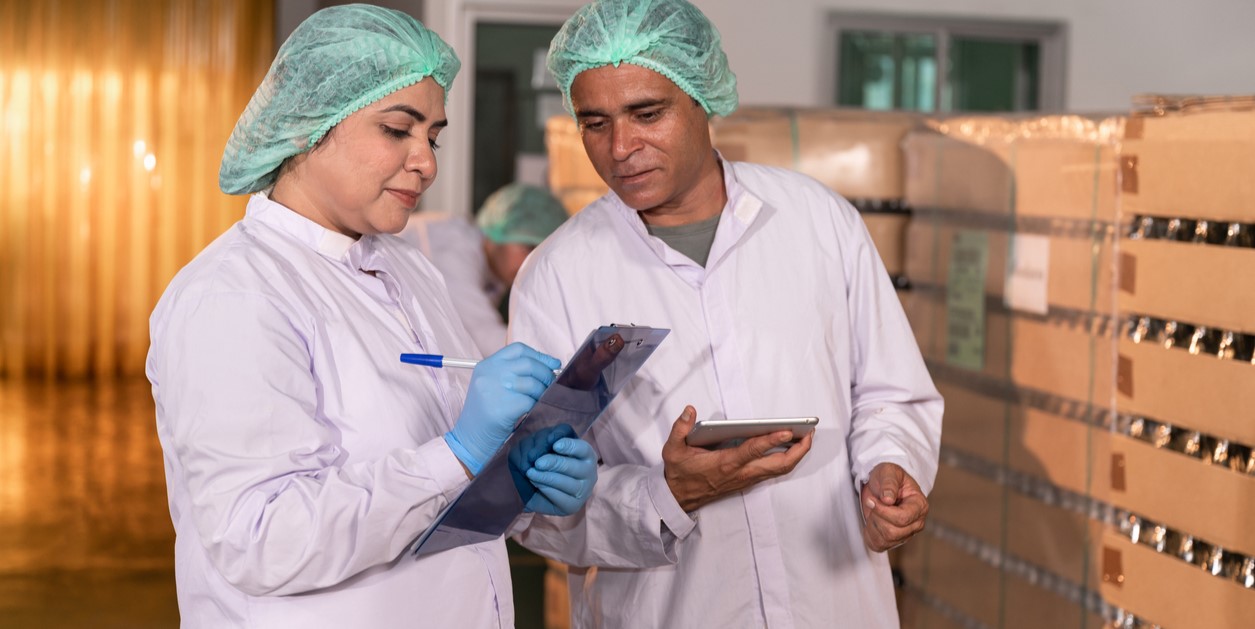Most Common Pests in Food Manufacturing Plants in India
Pests not only pose a number of threats to food processing, manufacturing, storing, packaging, and distribution facilities, but they also literally eat away at your profits. The most prominent pests at a food manufacturing plant depend on local climate and environment factors.
Most parts of India experience a tropical climate, which means certain pests can thrive in the country's food manufacturing plants. Identifying the most common concerns is your first step toward properly implementing a pest control food safety plan and maintaining the integrity of your reputation.
The Threat Posed by Pests
Any pest activity close to food in various stages of processing can constitute a threat to food safety and business operations, including:
- Spreading food-borne disease rapidly
- Contaminating your food product and manufacturing surfaces and areas with pathogens
- Damaging a your brand and reputation
- Affecting your bottom line
In order for you to target the most common pests, we've identified the top culprits reported by facilities across India.
German Cockroach
There are about 30 cockroach species around the world, and German cockroaches in particular prefer moist areas. They can reach food manufacturing plants through personal belongings or incoming supplies.
Once this pest finds residence in your plant, it will multiply quickly to infestation levels, especially during the summer. The female can live for about nine months and produce 140 young. Cockroaches are also nocturnal, preferring to hide in dark crevices or corners, which makes them hard to spot during operational hours. If just one is spotted, it can be a sign of an infestation.
Housefly
Houseflies could “hitchhike” on items brought into your facility, but they can also come through doors or windows just because they're attracted to and following food smells.
Houseflies thrive in warm climate conditions and take no more than 10 days to grow from a fertilized egg to an adult fly. India’s tropical climate is optimal for this pest to reproduce throughout the year. And though this pest may be tiny, they can have a huge impact on your food products. Flies will feed, breed, and live in contaminated areas, then fly and land on top of food surfaces, transporting pathogens and increasing the risk of foodborne illness in humans.
Rodents
Both rats and mice thrive in India. Like houseflies, these pests are also attracted to the smells produced by a food manufacturing plant. They can gain access to the building through small exterior openings, and once they're inside the plant, they have increased access to food and water, and can reproduce quickly under these conditions.
These pests leave droppings and urine wherever they go, and carry diseases that can be transmitted to humans. They are more active during the night, so it's important to look for signs of their presence such as droppings, gnawed materials, and odors.
Create a Pest Control Food Safety Plan
For a more proactive pest control food safety approach, focus on a long-term strategy for infestation prevention through a combination of techniques, such as:
- Regulatory impact of pest management
- Identification of common pests and their biology
- Recognition of pest activity around and inside the facility
- Use of pest control strategies, including but not limited to exclusion and removing food, water, and harborage sources
It's much easier to develop a pest control food safety plan than it is to scramble for a solution after you've spotted a culprit in your facility. If you haven't completed a self-inspection yet, start there. Even if you decide to work with an external pest control specialist, you are still ultimately responsible for ensuring the food produced in your facility is safe from pests of all kinds.
AIB International has a number of resources to support your pest management efforts. Keep your facility safe from hazards with our Integrated Pest Management Bundle, or go the extra mile by completing our entire Food Safety and Sanitation Online course.


